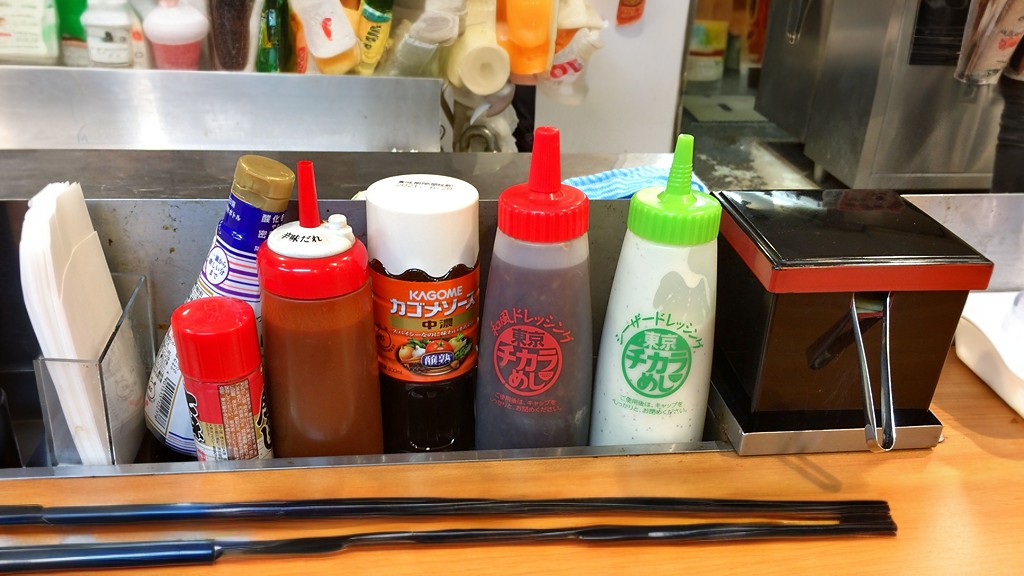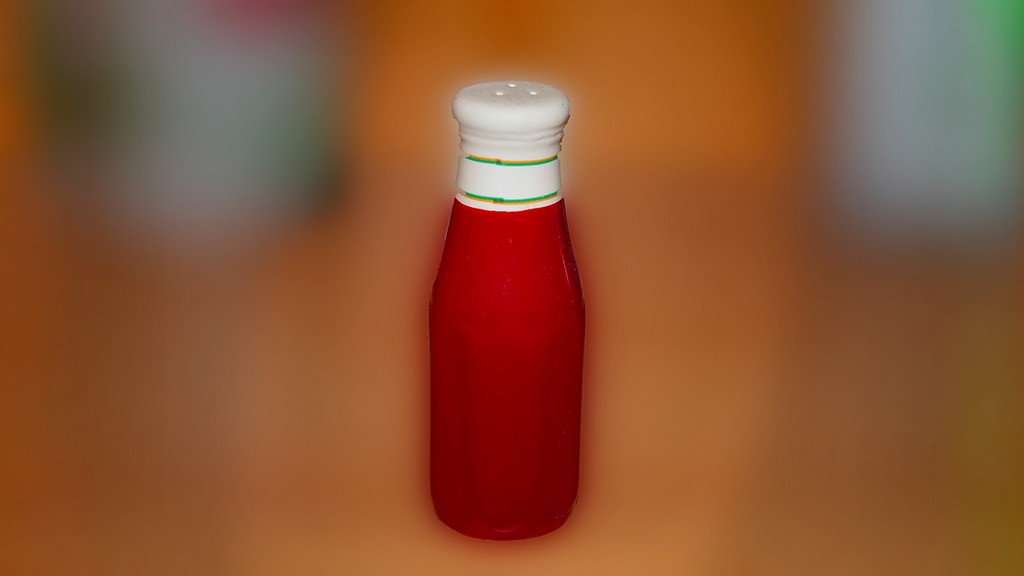Introduction
In the realm of food, where tastes converge and textures entwine, condiment bottles are sometimes overlooked unsung heroes who enhance our culinary experience. Surprisingly, these unassuming dishes have developed a distinct culture of their own and play a significant part in determining how we enjoy our favorite foods. Come along as we explore the history, design, and influence of condiment bottles on our everyday eating rituals as we uncover the intriguing Culture of Condiment Bottles.
Table of Contents

The Development of Condiment Bottles
From their modest beginnings, condiment bottles have gone a long way. Early condiments were often kept in simple clay or glass receptacles, which changed throughout time to accommodate shifting gastronomic tastes. Sauce bottle types now come in a variety of materials, sizes, and forms, each one satisfying a unique set of preferences and tastes.
What Cultural Significance There Is
Condiment Culture Bottles are used for purposes beyond their practical use. Because they represent ethnic beliefs and customs, these containers have taken on symbolic meaning in a variety of cuisines. Certain condiments are revered in certain cultures and are handed down as treasured family recipes down the years. The bottles themselves often have vivid labels or elaborate embellishments that convey a tale all by themselves.
The Aesthetics Of Design
In addition to being useful, condiment bottles may be used as a medium for creative expression. The style of condiment bottles has changed throughout time, moving from traditional glass bottles to contemporary squeezable plastic containers. Condiments are elevated to the status of food art by artisanal companies, who often take great pleasure in creating aesthetically pleasing packaging. The labels, colors, and forms all add to the entire eating experience.
The Social Dimension
There is something special about condiments that brings people together. Condiments have a social function in our eating experiences, whether it’s passing the ketchup at a backyard BBQ or splitting a bottle of spicy sauce with pals at a restaurant. Sharing tastes and passing around bottles may foster a feeling of community and increase the enjoyment of eating with others.

Examining Culture Outside of the Bottle
Condiment bottles have been ingrained in our everyday lives, transcending their physical shape. They provide a sensory experience that goes beyond the taste buds; they are more than simply containers for spreads and sauces. They are also quiet players in our daily lives.
The Sound of Satisfaction:
Ever hear the pleasing sound that a well-made condiment container makes? A tasty supper is always in the works when you hear the soft snap that occurs when the seal breaks or the soft squeeze that releases the ideal dollop. The tactile sensation of holding a condiment bottle is a universally appealing cultural phenomena among diners.
Identity and customisation:
Individual tastes and preferences may now be reflected on condiment bottles, which have now become a canvas for customisation. A lot of homes have a variety of preferred condiments, each with a distinct taste and bottle style. These bottles often become an integral part of a person’s culinary personality, and having them on the table conveys a sense of individual preference.
Nostalgia in a Bottle:
Some condiment bottles evoke fond recollections of meals shared as a youngster, family get-togethers, or special trips. A certain bottle on the table may take people back in time and evoke memories of past encounters and the coziness of home-cooked meals.
Collector’s Delight:
Gathering unusual condiment bottles turns become a pastime for some people. Collectors are drawn to limited-edition bottles, historic designs, and collaborations with celebrities or artists. The subculture of collecting condiment bottles is small but growing, showcasing the variety of styles and tastes that are available.
Health-Conscious Decisions:
As health-conscious eating has grown in popularity, condiment bottles have changed to reflect consumer preferences. As consumer demand for healthier alternatives rises, brands are responding by introducing low-sodium, sugar-free, or organic condiments. A more general trend toward mindful eating is reflected in the changing condiment bottle culture.

Spreads as International Spokesmen
Ignoring their function as international taste ambassadors is unavoidable as we delve further into the Culture of Condiment Bottles. Condiments are now platforms for cross-cultural dialogue and fusion at a time when culinary borders are vanishing. With its flavor of other places in a bottle, the international aisle of a supermarket is a monument to the diversity of the world of condiments.
Condiment bottles act as messengers, bringing us to know the unique tastes and cooking customs of other locations via their global condiment diplomacy. Chimichurri jars may conjure the vivid energy of Argentinean barbecue, while bottles of Sriracha may take you back to the streets of Bangkok. With its ability to promote intercultural understanding via taste, the condiment aisle has evolved into a kind of gastronomic United Nations.
Fusion Cuisine:
The merging of several culinary customs has ushered in a new phase of inventiveness in condiment creation. Distinctive condiments that transcend conventional classification are created by chefs worldwide via their experimentation with combining different tastes. Condiments are integral to the fusion of world cuisines, ranging from curry ketchup to mayonnaise flavored with wasabi.
Do-it-yourself (DIY) Condiment Culture:
As DIY culture has grown, so has it for condiments. Making their own distinctive sauces, pickles, and relishes is becoming more popular among home chefs and foodies who want to add a unique touch to their dish. Creating condiments is becoming a culinary art form, and this trend promotes a feeling of pride and achievement.

Expertise in Condiment Pairing:
A specialized group of people who like matching condiments with wines is as respected as sommeliers are for their skill in this area. These experts carefully coordinate sauces with different foods, enhancing the eating experience with well-balanced taste pairings. In addition to adding to the larger gastronomic culture, the skill of condiment matching has drawn attention from the culinary world.
FAQs
Do people’s tastes in condiments vary depending on their culture?
Yes, indeed! There are cultural differences in the condiments that people enjoy. For example, ketchup is a traditional American favorite, yet soy sauce is a mainstay in Asian cuisines. Around the world, there are vast differences in the cultural importance of condiments.
Are there any historical references on condiment bottles?
Indeed, condiment bottles have a long and illustrious history that dates back millennia. The storage of different sauces and condiments was done by early civilizations using clay or glass vessels. The materials that are accessible and the ways that cooking techniques have changed have shaped the history of these bottles.
What part do condiments play in festivals of different cultures?
In ethnic festivities, condiments are often essential. Festive events call for the preparation of special sauces or dressings that give traditional foods a distinct taste. Additionally ceremonial in nature, the display of condiments during festivities may highlight the cultural importance of certain tastes.
What impact have contemporary trends had on the designs of condiment bottles?
The designs of condiment bottles have been greatly influenced by contemporary trends. Many manufacturers go for clean and straightforward designs in response to the growing popularity of minimalist aesthetics. Furthermore, as customers look for both elegance and utility, eco-friendly packaging and cutting-edge dispensing methods have gained popularity.
Exist any special customs related to condiments anywhere in the world?
Yes, indeed! Certain civilizations integrate unique rituals into condiments. To illustrate the careful balancing of tastes, wasabi and soy sauce are commonly combined in Japan prior to sushi dipping. Examining these customs enhances one’s appreciation of the Culture of Condiment Bottles.

Conclusion
It becomes evident as we dig more into the Culture of Condiment Bottles that these apparently unremarkable receptacles have an amazing history. Condiment bottles have merited a position in the history of human culinary experiences due to their diverse designs, historical origins, and cultural relevance. Thus, remember to enjoy the colorful culture these humble containers offer to your table the next time you grab for that bottle of spicy sauce or dab some mustard on your sandwich.
Pingback: Are Protein Shaker Bottles Sold at Target? Unveiling Target SEO's Fitness Essentials 1